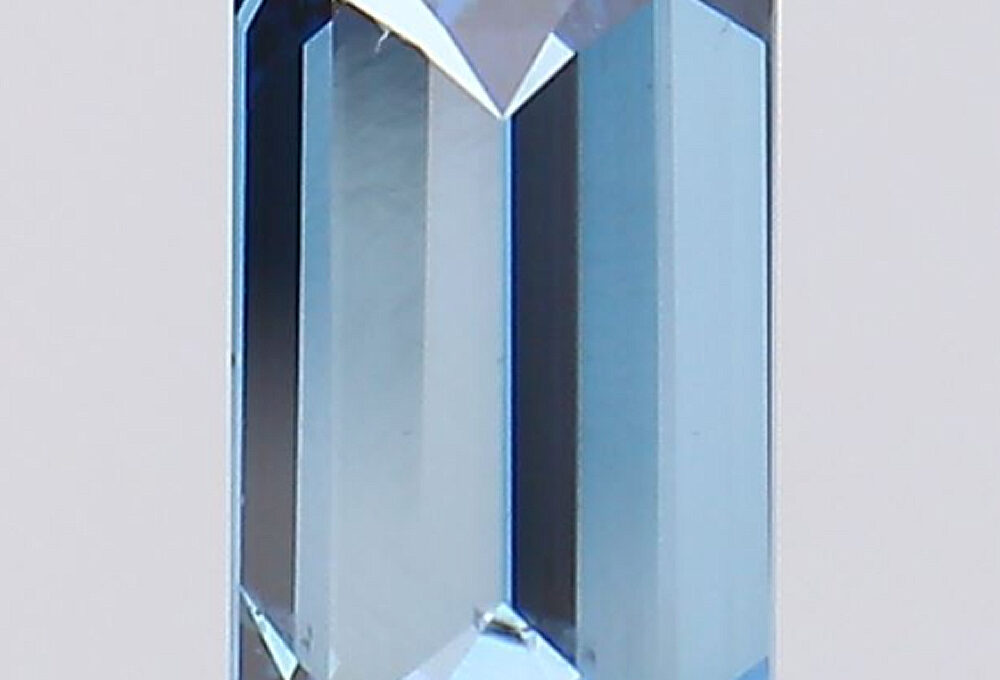

How to Identify Lab-Grown Diamonds: A Guide to Distinguishing Nature’s Beauty from Man-Made Marvels
Diamonds have long captivated us with their timeless beauty and brilliance. With the rise in lab-grown diamonds, it has become increasingly important to know how to differentiate between naturally formed diamonds and their man-made counterparts. In this blog, we will explore the key factors and techniques to help you identify lab-grown diamonds and make an informed purchase.
1. Understanding Lab-Grown Diamonds
How to Identify Lab-grown diamonds, also known as synthetic or man-made diamonds, are created in controlled laboratory environments. They possess the same physical, chemical, and optical properties as naturally formed diamonds, making them visually indistinguishable to the naked eye.
2. Certification
One of the most reliable ways to determine if a diamond is lab-grown is by checking its certification. Reputable diamond grading laboratories, such as the Gemological Institute of America (GIA) and the International Gemological Institute (IGI), provide certificates that detail whether the diamond is natural or lab-grown. Look for these certificates when purchasing a diamond.
3. Price
Lab-grown diamonds are typically priced lower than natural diamonds of comparable quality. If the price seems too good to be true, it’s worth investigating further to determine if the diamond is lab-grown.
4. Inclusions
Inclusions are tiny imperfections within a diamond that occur naturally during its formation. Lab-grown diamonds may show different types of inclusions compared to natural diamonds. For example, lab-grown diamonds often display metallic flux inclusions or small metallic growth lines, while natural diamonds may have inclusions like feathers or crystals.
5. Color and Clarity
Lab-grown diamonds, unlike natural diamonds, can have a more consistent color and clarity throughout their entire structure. If a diamond has a very high or very low color and clarity grade, it may indicate that it is lab-grown. However, it’s important to note that natural diamonds can also have a wide range of color and clarity grades.
6. Growth Patterns
The growth patterns of lab-grown diamonds can sometimes reveal their origin. Natural diamonds form under immense pressure and heat deep within the Earth, resulting in unique crystal growth patterns. Lab-grown diamonds, on the other hand, may exhibit different growth patterns due to their controlled growth process. These patterns can be observed under magnification.
7. UV Light Tests
Certain lab-grown diamonds may exhibit a different UV fluorescence response compared to natural diamonds. However, this method alone is not foolproof, as some lab-grown diamonds can display similar fluorescence characteristics to natural diamonds. UV light tests should be conducted by professionals using specialized equipment.
8. Seek Professional Assistance
If you are unsure about the authenticity of a diamond, it is advisable to consult with a trusted gemologist or a reputable jeweler. They have the expertise and tools to accurately identify and differentiate between natural and lab-grown diamonds.
Embracing the Beauty of Lab-Grown Diamonds
Lab-grown diamonds offer an ethical and sustainable alternative to natural diamonds. By understanding How to Identify Lab-Grown diamonds, you can make an informed decision and appreciate the beauty of these man-made marvels. Remember to consider factors such as certification, price, inclusions, color and clarity, growth patterns, and seek professional assistance when needed. With this knowledge, you can confidently explore the world of lab-grown diamonds and enjoy their exquisite allure.


